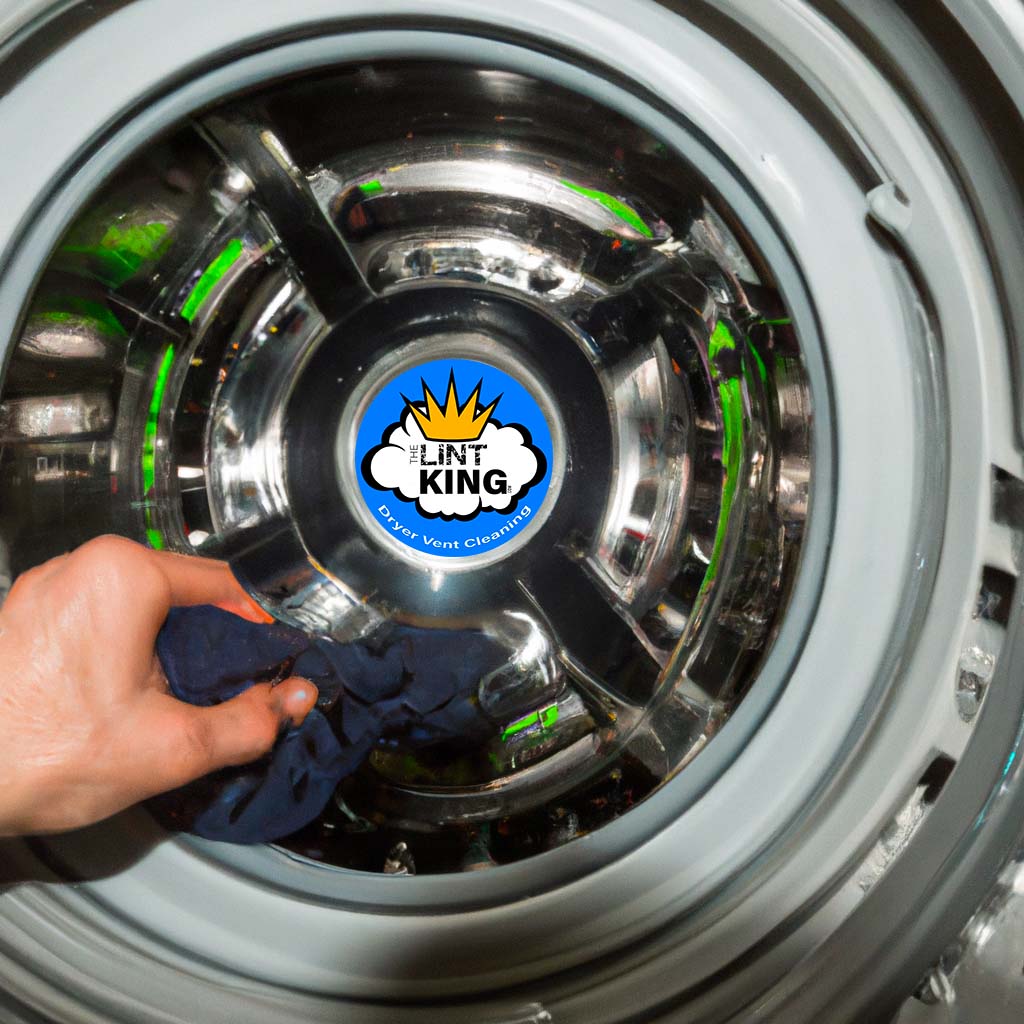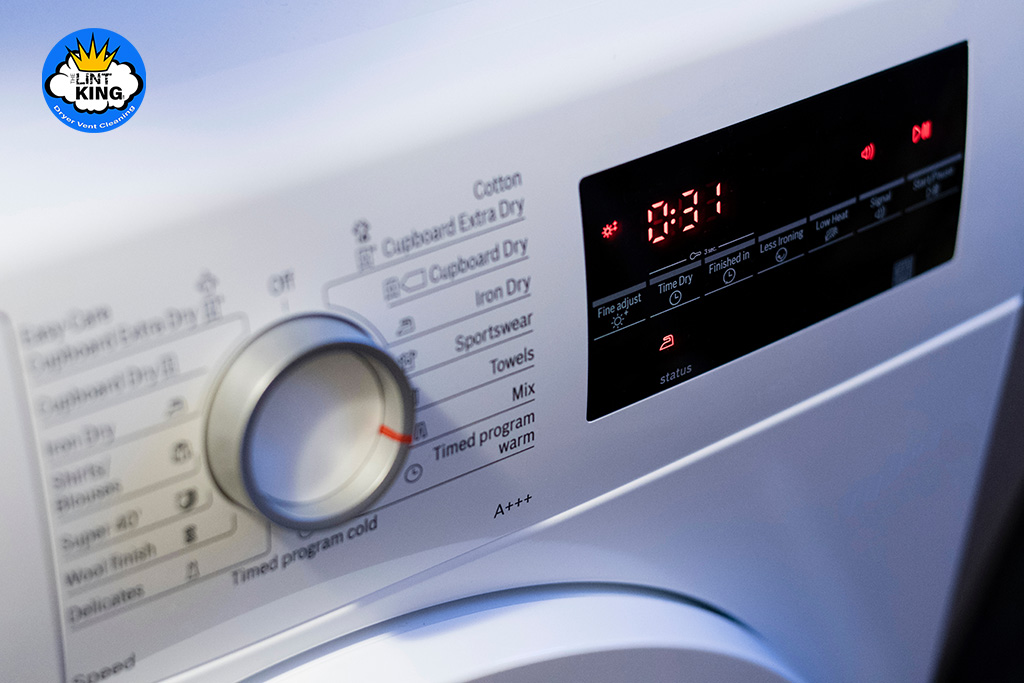How To Clean A Washing Machine’s Drum

Improved Efficiency
Did you know cleaning your washing machine’s drum can improve its performance? Over time, soap scum and mineral deposits can build up, reducing efficiency and poor cleaning results. Regularly cleaning your machine’s drum can help ensure that your clothes are as clean as possible and your washing machine operates at peak efficiency.
Prevents Mold and Odors
Nobody wants their clothes to come out of the washing machine smelling worse than when they went in. Unfortunately, that can happen if you don’t maintain a clean drum. Damp conditions inside the drum can lead to the growth of mold, mildew, and bacteria, which can cause unpleasant odors and even damage your clothes. Regular cleaning will help prevent these issues and keep your laundry smelling fresh.
Extends the Life of Your Machine
Routine cleaning of your washing machine’s drum can also help extend its lifespan. Built-up grime and deposits can strain your machine’s components, leading to premature wear and potential breakdowns. A clean drum is a happy drum, a longer-lasting washing machine.
How Often to Clean Your Washing Machine’s Drum
Factors to Consider
There’s no one-size-fits-all answer to how often you should clean your washing machine’s drum, as it depends on various factors. These include:
- How often do you use your machine?
- The hardness of your water
- The type of detergent you use
Generally, cleaning your drum once every month or two is a good idea. However, if you notice any issues like odors or reduced efficiency, it might be a good idea to clean it more frequently.

Step-by-Step Guide to Cleaning Your Washing Machine’s Drum
Gathering the Necessary Supplies
Before you start, gather the following supplies:
- White vinegar
- Baking soda
- A clean cloth or sponge
- A toothbrush (optional)
Preparing Your Washing Machine
First, make sure that your washing machine is empty and switched off. Remove debris from the drum, such as lint or stray hairs, and check the seals and gaskets for any signs of wear or damage.
Cleaning the Drum with Vinegar
Next, pour 2 cups of white vinegar into the detergent dispenser or directly into the drum if your machine doesn’t have a dispenser. Run a hot water cycle without any clothes or detergent. The vinegar will help to break down any build-up and sanitize the drum.
Rinsing and Finishing Up
Once the vinegar cycle is complete, sprinkle � cup of baking soda inside the drum and run another hot water cycle. This will help to remove any lingering odors and residue further. After the baking soda cycle, use a clean cloth or sponge to wipe down the inside of the drum, paying particular attention to any stubborn spots. You can also use a toothbrush to scrub around the seals and gaskets if needed.
Additional Tips for Keeping Your Washing Machine Clean
Regular Maintenance
In addition to cleaning the drum, performing regular maintenance on your washing machine is essential. This includes checking and cleaning the lint filter, inspecting the hoses for any signs of wear or damage, and keeping the machine’s exterior clean and dust-free.
Using the Right Detergent
Always use a detergent compatible with your washing machine and follow the recommended dosage instructions. Too much detergent can cause excess suds and residue, contributing to the build-up inside your drum.
Avoid Overloading
Overloading your washing machine can lead to poor cleaning results and put extra strain on the machine’s components. Follow the manufacturer’s guidelines for load size and ensure that your clothes have enough room to move around freely inside the drum.
Conclusion
Cleaning your washing machine’s drum is crucial to maintaining your appliance and ensuring optimal performance. By following the simple steps outlined above and adopting good laundry habits, you can prevent unpleasant odors, extend the life of your machine, and keep your clothes looking and smelling their best.
FAQs
1. Can I use bleach instead of vinegar to clean my washing machine’s drum?
Yes, you can use bleach instead of vinegar, but be cautious not to mix bleach with any other cleaning agents, as this can create dangerous fumes. Use 1 cup of bleach instead of vinegar and follow the abovementioned steps.
2. How can I tell if my washing machine’s drum needs cleaning?
Signs that your washing machine’s drum needs cleaning include unpleasant odors, reduced efficiency, and visible residue or build-up. If you notice any of these issues, it’s time to thoroughly clean.
3. Can I use natural alternatives to vinegar and baking soda?
You can use alternatives like lemon juice or citric acid instead of vinegar and coarse salt instead of baking soda. However, vinegar and baking soda are generally more effective and widely available.
4. Can I clean my washing machine’s drum with commercial cleaning products?
Yes, there are commercial washing machine cleaners available that can be used to clean the drum. Always follow the manufacturer’s instructions and ensure the product is compatible with your specific washing machine model.
5. How can I prevent mold and mildew growth in my washing machine’s drum?
Always leave the washing machine door open after each cycle to prevent mold and mildew growth, and allow the drum to air dry. Also, avoid using excessive detergent, which can contribute to moisture build-up.
Washing Machine Drum Cleaning